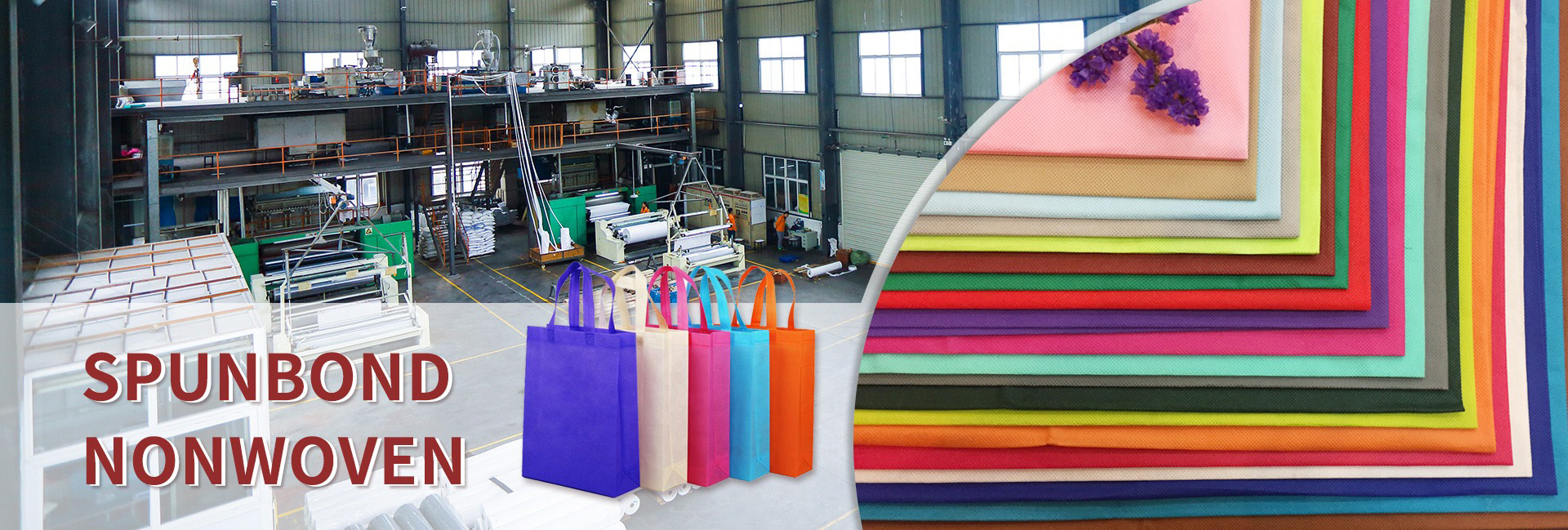Spun bonded non-woven fabric has gained immense popularity in various industries, thanks to its remarkable properties and versatile applications. But have you ever wondered about the science behind its manufacturing process and why it’s so widely used? In this article, we delve into the fascinating world of spun bonded non-woven fabric to uncover the secrets behind its success.
Using cutting-edge technology and advanced manufacturing techniques, spun bonded non-woven fabric is created by bonding together long fibers in a random pattern. Unlike traditional woven fabrics, it doesn’t require weaving or knitting, making it highly cost-effective and efficient to produce. This unique process also gives the fabric its characteristic strength, durability, and excellent breathability.
The applications of spun bonded non-woven fabric are virtually endless. From healthcare and hygiene products to automotive and construction industries, this versatile fabric finds its use in a wide range of products such as medical gowns, baby diapers, filters, geotextiles, and more.
So, if you’ve ever wondered how the science behind spun bonded non-woven fabric works and why it’s so popular, keep reading. We’ll unlock the secrets that make this fabric an essential component in numerous products we use every day.
Spunbond Non Woven Fabric: A Resilient Approach to a Greener Tomorrow
In the current era of growing environmental awareness, it is critical to discover sustainable solutions for different businesses. Non-woven spunbond fabric is a cutting-edge material that provides a more environmentally friendly option than conventional fabrics. This fabric combines environmental responsibility, durability, and versatility because it is made from recycled fibers. This blog post delves into the realm of spunbond non-woven fabric, examining its production method, distinct characteristics, and uses across many sectors. Come along as we explore this sustainable fabric’s transformational potential and how it may help create a greener future.
Manufacturing Process and Eco-Friendly Features
The technique of creating spunbond non woven is arranging recycled fibers into a structure akin to a web. Before being made into a non-woven fabric, the fibers—obtained from post-consumer or post-industrial sources—go through a rigorous cleaning and reclamation procedure. By keeping waste out of landfills and using less virgin resources, this environmentally friendly production method drastically lessens its negative effects on the environment.
The Benefits of Non-Woven Spunbond Fabric
Sustainability: Spunbond non-woven fabric lowers waste production and the need for new raw resources, making it a sustainable option. This fabric lessens the carbon footprint associated with textile production, lowers energy usage, and helps conserve natural resources by using recycled fibers.
Versatility: There are numerous industrial applications for this fabric. Because of its adaptability, it can be utilized in a wide range of items, including filtration systems, bags, packaging materials, agricultural covers, and medical equipment. The fabric is a versatile option for a variety of applications since it is also easily customizable to fit individual requirements.
Durability and Strength: Spun bonded non woven fabric is ideal for demanding applications due to its exceptional strength and durability. Because of the fabric’s resistance to wear and tear, products will last longer and require fewer replacements.
Breathability and Moisture Resistance: This fabric’s non-woven texture promotes breathability by allowing air to circulate and reducing moisture buildup. Because of this characteristic, it’s perfect for products like hygiene products and agricultural covers that need to control moisture.
Uses in Diverse Industries
Packaging: An environmentally beneficial substitute for traditional packing materials is spunbond non-woven fabric. Because of its strength, durability, and adaptable design possibilities, it can be used for gift packaging, shopping bags, tote bags, and protective packaging.
Agriculture: The agriculture industry uses this fabric extensively. It is applied in nurseries, mulching, crop coverings, and greenhouse shading. The fabric lets vital airflow and moisture management while offering defense against pests, UV rays, and bad weather.
Medical and Hygiene: Spunbond non-woven fabric is used to make face masks, surgical gowns, wet wipes, and diapers, among other medical and hygiene items. The fabric is appropriate for various applications due to its softness, breathability, and moisture resistance, guaranteeing comfort and performance.
Filtration: This fabric’s non-woven texture makes it a great option for filtration applications. It is used in industrial filtering systems, water filters, and air filters. The fabric effectively captures and removes impurities due to its high porosity and particle retention characteristics.
Home and Lifestyle: A variety of goods for the home and lifestyle employ spunbond non-woven fabric. It is present in wall coverings, bedding, curtains, and upholstery for furniture. The fabric’s strength, low care requirements, and visual appeal make it a great choice for fashionable and eco-friendly home solutions.
Post time: Feb-13-2024

